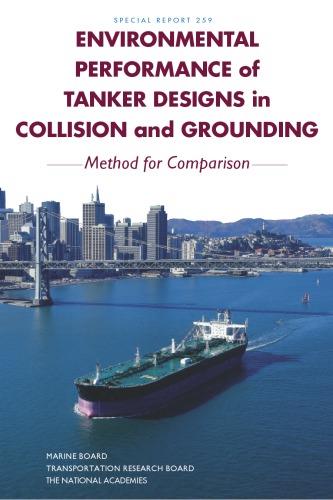

Most ebook files are in PDF format, so you can easily read them using various software such as Foxit Reader or directly on the Google Chrome browser.
Some ebook files are released by publishers in other formats such as .awz, .mobi, .epub, .fb2, etc. You may need to install specific software to read these formats on mobile/PC, such as Calibre.
Please read the tutorial at this link: https://ebookbell.com/faq
We offer FREE conversion to the popular formats you request; however, this may take some time. Therefore, right after payment, please email us, and we will try to provide the service as quickly as possible.
For some exceptional file formats or broken links (if any), please refrain from opening any disputes. Instead, email us first, and we will try to assist within a maximum of 6 hours.
EbookBell Team

5.0
28 reviewsTRB Special Report 259 - Environmental Performance of Tanker Designs in Collision and Grounding: Method for Comparison describes a modeling process for evaluating alternative designs. The process encompasses consideration of the structural deformations from collisions and grounding and the environmental consequences of spills of different sizes, and uses a riskbased approach for comparing designs.
Since passage of the Oil Pollution Act (OPA) of 1990 and subsequent decisions of the International Maritime Organization, the world tanker fleet has been evolving to double-hulled designs to reduce the risk of accidental spills. A previous study by the Marine Board, now part of TRB, concluded that the double-hull design had been effective in reducing oil spills (Double-Hull Tanker Legislation: An Assessment of the Oil Pollution Act of 1990, NRC 1998).
OPA 1990 was passed because of the 1989 Exxon Valdez oil spill in Prince William Sound. Although the world’s tanker owners have been shifting to double-hull designs, a variety of other hull designs have been proposed that might be as effective and less costly. The U.S. Coast Guard has not been willing to consider such alternatives, in part because of the wording of OPA 1990 and in part because of the difficulty of comparing complex designs.